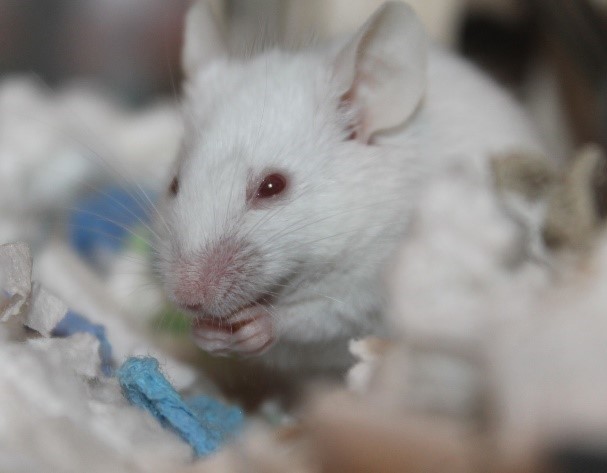Epidermolysis bullosa
3. Preclinical development (animals)
Once a new compound or therapy is discovered it is not tested directly on humans. We first analyse the effects and possible toxicity on living organisms like mice or the zebrafish (Figure 3). The regulating organisms like EMA (European Medicines Agency) or the AEMPS (Spanish Agency of Medicine and Health Products) require that before performing clinical trials on people, the compound or therapy has passed this trial phase on animals.
Many times, the expectations to treat a disease with this compound or therapy hit rock bottom when tried on living organisms (experiments called “in vivo”). Oftentimes, the potential drug either does not work, it is toxic, does not reach the tissue where it should take effect or the animal’s immune system simply destroys it. This is why this phase is so important. Very promising “in vitro” (in artificial systems like cells, tissues, organoids or mini organs or computer simulations) prove not to be so effective or end up being toxic on a living organism. And this phase avoids said reactions happen to humans.

When something does not work on the preclinical phase, we need to keep investigating to find out what is wrong. Or else, start again to find a new compound. This is why it is so expensive and it takes so long to see the results of the investigation phase.
There is the possibility of shorten times and costs in these phases with the so-called “repositioning”. In this case, we take already approved drugs for a certain disease and we try to prove its effectivity for a different disease in living organisms (preclinic studies). Since it has already gone through all the phases and the toxicity and administration data, between others, are already known, the regulating entities allow to shorten the process.